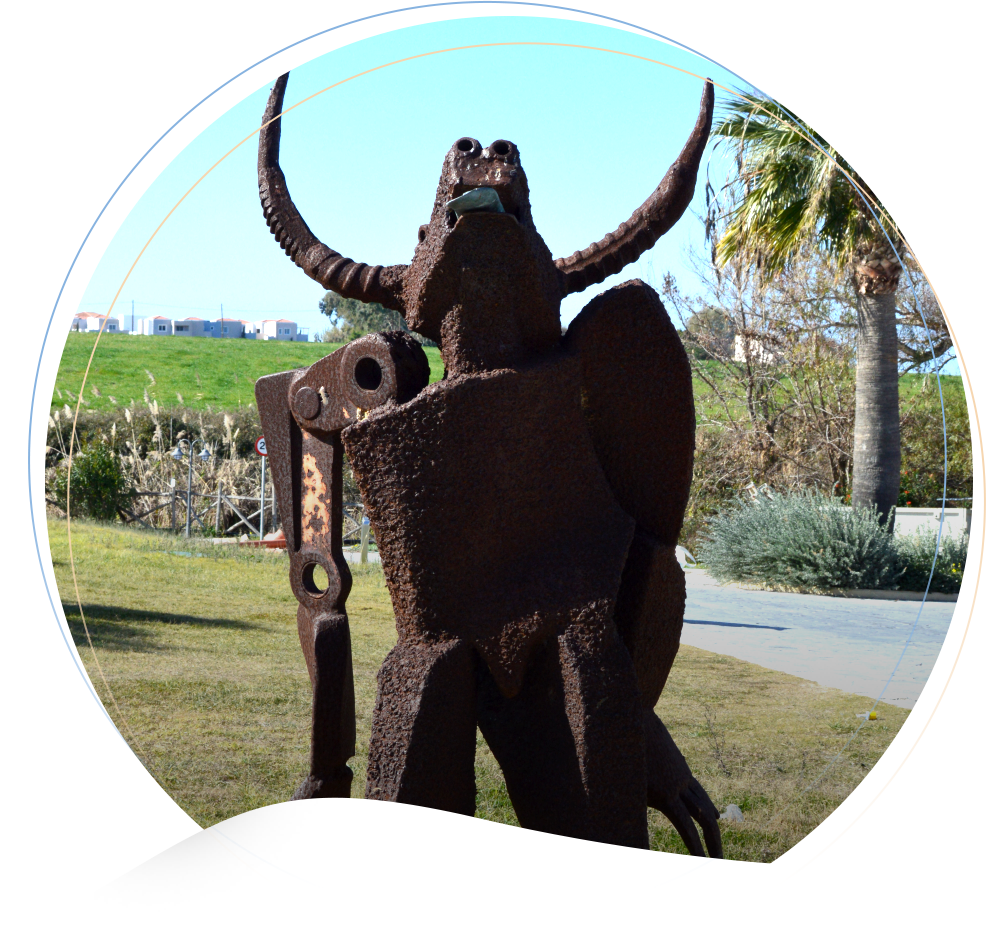The tale of the Minotaur is one of the classics of Greek mythology. The legend begins with King Minos, the Minoan King on the island of Crete. He wanted to prove that he was highly favored by all the Greek gods. So, he asked Poseidon to send him a bull from the sea. He would sacrifice the bull back to the gods in order to gain favor. When Minos saw how beautiful the bull was, he decided to keep it instead.
When Poseidon learned that Minos didn’t sacrifice the bull, he was upset. To punish Minos, Poseidon made Pasiphae, Minos' wife, fall deeply in love with the bull. The offspring was the monstrous Minotaur. Minos, after getting advice from the oracle at Delphi, had Daedalus, an Athenian skilled craftsman, construct a gigantic labyrinth to hold the Minotaur somewhere that no one would ever see him. Its location was near Minos' palace in Knossos.
Daedalus built a prison from which no one could ever escape, the Labyrinth to cage the Minotaur. The Labyrinth was an underground maze that looped back in on itself, twisted and turned. He built it deep in the rocks beneath the city, and when it was completed they placed the Minotaur within it. Then they fed the monster all the prisoners of the King for many years.
One year a young man named Theseus, a warrior from the city of Athens, was sentenced to die in the pits of the Minotaur. He conspired with the gorgeous daughter of King Minos, Ariadne, who was in love with him, to kill the Minotaur and end the danger lurking beneath the city.
Ariadne gave him a sword to kill the beast and a ball of thread to help him retrace his path. Crawling along in the subterranean depths Theseus found his way to the center of the maze. There, he confronted the Minotaur and achieved to slay him. Theseus followed the single thread back out of the Labyrinth.
The mythological Minotaur has been a source of fascination for Mediterranean cultures over thousands of years. In its many shapes and sizes, it has inspired countless artworks including mosaics, frescos, pottery, and painting, as well as Greek literature.


 ALL STATUES
ALL STATUES